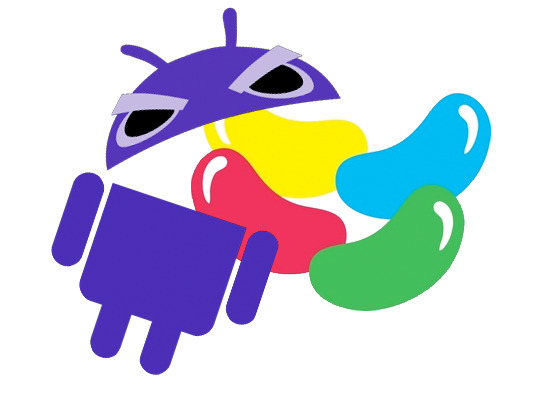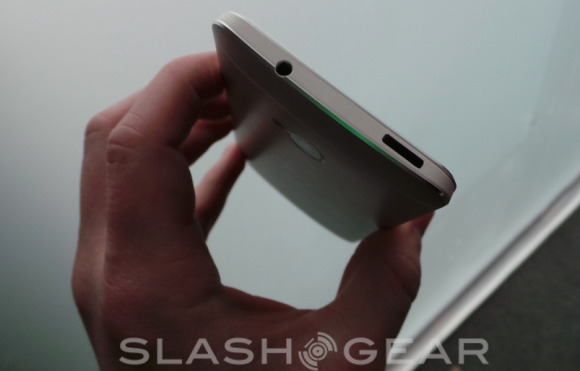Android 4.3 Jelly Bean will have IR-Blaster support: here's why
Because both the Samsung GALAXY S 4 and the HTC One work with infrared-blasting hardware and they've both been grabbed by Google in the past few weeks, the next version of Android will likely have IR-Blaster-supporting drivers built-in. It's been confirmed today that both the HTC One and the Samsung GALAXY S 4 in their "Google Editions" will not have IR-Blaster support because this connection to their hardware is not part of the basic build of Android – it's made by HTC uniquely, and Samsung uniquely. As this is true, and as Android's next big update is well on it's way, one thing follows the other.
Because Android 4.2.2 is the launch version both of these devices will be coming with, IR-Blaster support will not be a reality for either piece of hardware immediately. It will be in the next big update of the Android mobile operating system that this support will be pushed – and as if it were planned all along, they'll have two devices in their Google Play store that work with said support.
When Google introduced Miracast support for their devices, it was especially confusing. Android 4.2 Jelly Bean wireless display mirroring works with the Miracast wireless connectivity standard, but because this standard hasn't been widely adopted, there are precious few instances where anyone is able to make use of it.

In fact, not every device that claims to be "Miracast" is working with the same technology. Even several months after Android 4.2 was introduced, this remains largely true.
But here comes an opportunity for Google to shine. As the "Nexus user experience" hits both the HTC One Google Edition and the Samsung GALAXY S 4 Google Edition, so too do we inch closer and closer to a time when it makes sense for Google to introduce Android 4.3. We've seen this operating system creeping around our own visitor ranks as early as May 5th.
So while we'll just have to wait and see, the fact that IR remote functionality is supported by the Linux kernel may just be too simple an equation not to add up. Vanilla Android infrared remote device control, here we come.

